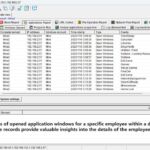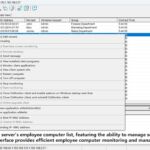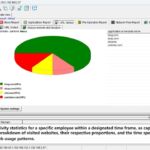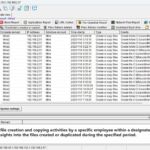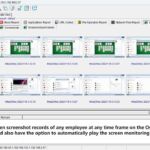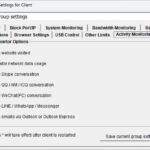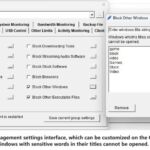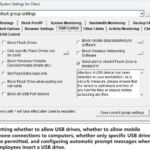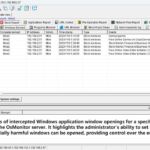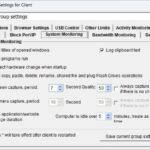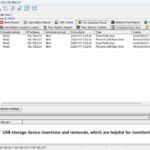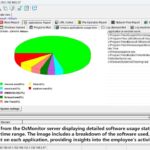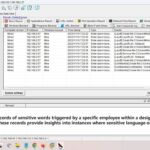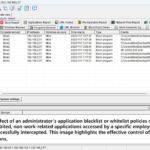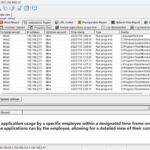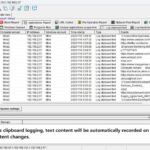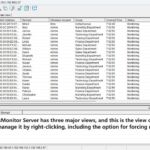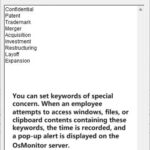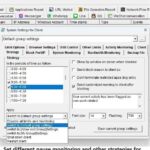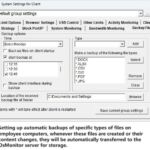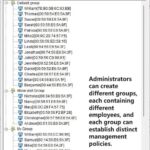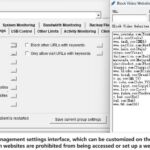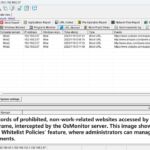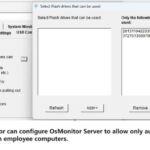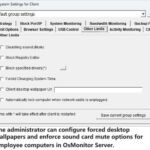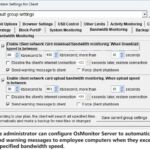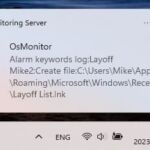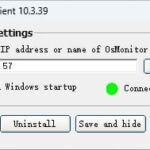Implementing prediction and management using the Backpropagation (BP) neural network algorithm within intranet management software can be likened to an expedition that involves overcoming several obstacles. However, worry not, as each software and scenario possesses unique aspects. Therefore, adjustments and optimizations must be made based on specific circumstances. I will now elaborate on the steps to consider when introducing the BP neural network algorithm for prediction and management within intranet management software:
- Problem Definition and Data Collection: Begin by clearly defining the issue you aim to address, such as traffic prediction, intrusion detection, resource allocation, etc. Then, gather relevant data, including historical data, feature data, and potential label information, for training the neural network.
- Data Preprocessing: Preprocess the collected data, encompassing data cleansing, feature selection, standardization, and more. Ensure the data is suitable for input into the neural network.
- Neural Network Architecture Design: Devise the architecture of the BP neural network, including the number of nodes in the input layer, hidden layers, and output layer. Depending on the problem's complexity, experimentation may be necessary to find the appropriate architecture.
- Data Partitioning: Divide the dataset into training, validation, and test sets. The training set is used to train the neural network, the validation set aids in adjusting hyperparameters, and the test set evaluates the final model's performance.
- Model Training: Train the designed neural network using the training set. During training, utilize the backpropagation algorithm to update the neural network's weights and biases, minimizing the error between predicted outputs and actual labels.
- Hyperparameter Tuning: Fine-tune the neural network's hyperparameters, such as learning rate and hidden layer nodes, by testing on the validation set to optimize the model's performance.
- Model Evaluation and Validation: Employ the test set to assess the performance of the fully trained model. Metrics like accuracy, recall, F1 score, etc., can be used, tailored to the nature of the problem.
- Integration into Intranet Management Software: Integrate the trained neural network model into the intranet management software. Depending on the task, you can write code to implement prediction, decision-making, or control logic based on the neural network's output.
- Real-time Adaptation: Consider the real-time and dynamic nature of the intranet environment. Periodic model retraining or incremental learning techniques might be needed to adapt the model to intranet changes.
- Monitoring and Maintenance: Monitor the model's performance in the actual environment to ensure its prediction and management behaviors align with expectations. Perform model maintenance and updates as necessary.
It's crucial to note that when embedding the BP neural network algorithm into intranet management software for prediction and management, the foremost task is gaining a deep understanding of the problem's context and data characteristics, grasping the key aspects involved. Subsequently, selecting a suitable network architecture and training approach is necessary to effectively tackle the array of challenges.
Applying the BP neural network algorithm to intranet management software requires a deeper comprehension of the problem context and data traits. Concurrently, selecting an appropriate network structure and training strategy is vital. And, of course, don't forget to consider other machine learning techniques and algorithms to enhance your prediction and management skills.
About OsMonitor:
The mission of OsMonitor is to create a Windows computer system tailored for work purposes, effectively regulating employee computer behavior. It enables employers to understand what employees are doing each day, monitoring every action, including screen activity and internet usage. Additionally, it restricts employees from engaging in specific activities such as online shopping, gaming, and the use of USB drives.
OsMonitor, designed purely as software, is remarkably user-friendly and requires no additional hardware modifications. A single management machine can oversee all employee computers. As a leading brand in employee computer monitoring software with over a decade of successful operation, OsMonitor has rapidly captured the global market with its minimal file size and excellent cost-effectiveness compared to similar software. At this moment, thousands of business computers worldwide are running OsMonitor daily.




